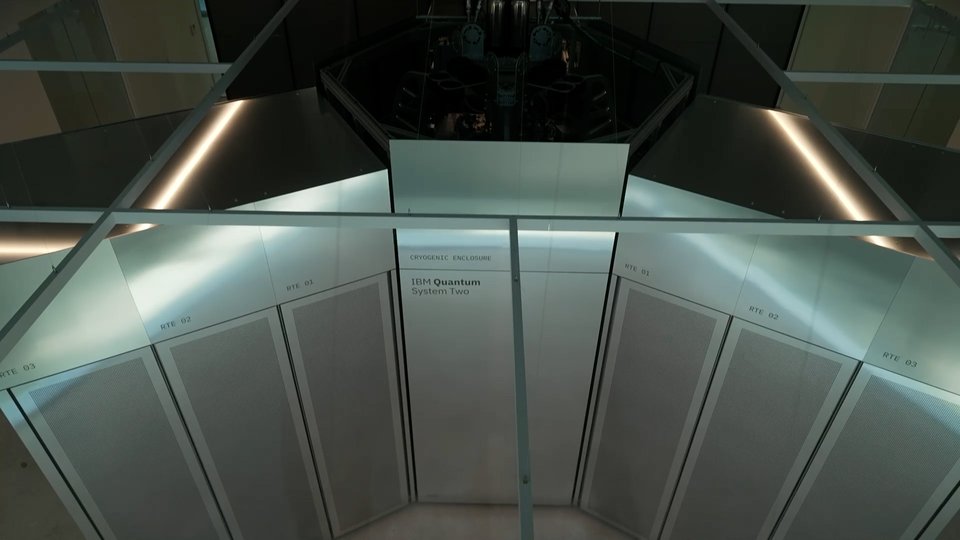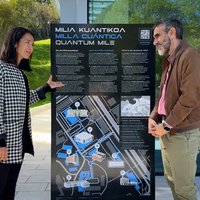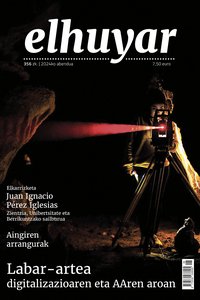Dieter Richter: we will meet to design a machine that can be suitable for everyone.
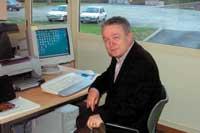
What exactly will you work in Donostia?
Our goal is to start optimizing the ESS project from a scientific point of view. We will define the characteristics of the station and, in short, the design of the accelerator. This will be the theme of the meeting in Donostia. The decision will be made in the first half of this year.
What will be the next step of the project?
This year we must define the details of the machine. The people who come here are excellent scientists from Europe and the United States. They will try to find the best solution to the problems of the machine manufacturing process. Neutrons can be used for applications from different fields of science: chemistry, geology, development of new materials, etc. We have divided the areas of science into eight groups. The experts of each group worked the sidewalk project for this field and now we will all meet to compromise between all interests and design a machine that, depending on this, is suitable for everyone.
Is there competition with the expansion projects being developed in the United States?
Yes. Americans and Japanese decided to build a large center. This centre will be available in 2006, before the European one. The Europeans have started now and, therefore, we go behind them. However, the US project will lead this consulting work.
In Europe there are two other centres of expansion.
Yes. One, the ISIS laboratory is near London and another in Switzerland. The neutrons created in central England are reused to extract proton beams. It is a very effective method. In Switzerland, however, they have the accelerator in continuous, that is, the neutrons that are generated cannot be fed. It is of great capacity. Probably, if they could be fed, we would not have to build the ESS.
Is the process of space similar to what happens in spectroscopy?
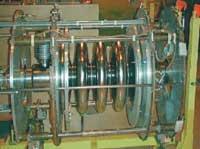
It can be said that yes, especially if we take into account the behavior of electrons within the structure of atoms in spectroscopy. In spectroscopy you pass an electron from one layer to another. Here you do the same thing but in the core. The core is sent a high-energy proton, so it is excited. Being an excitation of great energy, the core decays and neutrons are released.
It is a very effective process, since thirty neutrons per proton can be released. A chain reaction occurs in the reactor but not fission. In addition, the process is very easy to control, since when the proton beam breaks, the sidewalk also stops.
What elements are used in the reactor?
Having no fission, it is not necessary to use uranium. As a target of the proton beam, mercury is placed. Other elements could be added, but mercury has great advantages. In addition, mercury can be included in a cooling circuit.
Could any heavy atom be used? Lead, for example?
You can use any heavy metal and lead is not a bad choice. In any case, to enter the circuit it is necessary that the metal is liquid and its test with lead would cause great problems. So everything with mercury is easier. On the other hand, the presence of solid metal can cause radiation problems. The radiation can destroy the rigid structure. However, with liquids there is no such problem.
The wavelength of the neutrons is equal to the distance between the atoms. Therefore, in addition to the X-ray diffraction, the neutron diffraction is applicable to the analysis of crystalline structures. Are there differences between both techniques?
The wavelength and energy are the two characteristics of the neutrons. Energetically, the use of X-rays allows to work on a scale of kiloelectronvolts. The energy level is very high and it is not possible to perform liquid spectroscopy. With neutrons, however, you can do so both in amorphous solids and in liquids. In this way you can follow up on molecular dynamics. The exchange of neutrons between the nuclei is observed. This exchange has to do directly with the movement of atoms. Therefore, the dispersion of neutrons allows not only to know how atoms are ordered, but also to obtain information about the movement. The dispersion of neutrons is the only technique that can detect this effect.
Can you give examples of the application of this dynamics?
Yes. If you want to look at bacteria with a microscope, usually nothing is noticeable, but you can mark them and see them with neutrons. But the same can be done on the scale of atoms. The dispersion of neutrons does not affect the electrons, but the nuclei. Therefore, the different cores generate different responses. This allows the analysis of isotope changes.
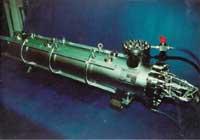
This means that the dynamics of structures marked by deuterium can be followed. This is what can be done to analyze the behavior of mixing a chain of marked polymers and the unmarked ones. Another example can be the study of the biological behavior of myoglobin through the use of heavy water molecules with deuterium. In this case, the location and distribution of water molecules is very important. In the search for oil, the interaction between hydrocarbons and soil can also be investigated in this way.
Will the formation of hydrogen bridges be studied using neutrons?
Yes. In pharmacy it also has an obvious application. It is the main interaction of molecules with biological activity. Most drugs are associated with the receptor through hydrogen bridges. Nothing to say in the case of DNA. The two propeller chains are joined by hydrogen bridges. In any of them, introducing deuterium instead of hydrogen, I would see the dispersion of neutrons. At this time it is still not possible to carry out this type of experiments, since the level of sensitivity of the technique has not been reached, but we hope to overcome this problem for this year.
You use protons to get neutrons. Why is it easier to get protons?
Protons have charge and neutrons do not. The accelerators produce particles through electromagnetic fields and the protons allow it.
Can protons and neutrons thus be separated from deuterium atoms?
No, because the energy that unites them is enormous. Electromagnetic fields do not have as much capacity. If possible, it would be a separate method. But it is not possible. You need the energy that excites the core to be able to remove neutrons. In addition, it is necessary to look at the effectiveness of the process, that is, to look for the conditions for each proton to obtain the highest number of neutrons. To do this, we must look for the appropriate energy level. The energy required to properly excite the cores is about 1 GeV. For example, you want to prepare the ESS to cause proton collisions of 1.3 GeV.
What should be the characteristics of an accelerator to work with space?
A linear accelerator with electromagnetic fields created with superconductors is needed. In this way we would avoid the loss of energy in the creation of the zones. The technology of superconductors is adequate. In ESS we will use niobium at a temperature of 4K.
Should you not use superconductors at high temperature?
The problem presented by these superconductors is that they are ceramic materials and not suitable for their physical transformation. For example, it is very difficult to form sheets or ceramic wires. The transformation of metals is much easier. Niobium is the most important component since it detects the proton beam. The superconductor is transformed at temperatures below 10K. However, we go down to 4K.
Buletina
Bidali zure helbide elektronikoa eta jaso asteroko buletina zure sarrera-ontzian



